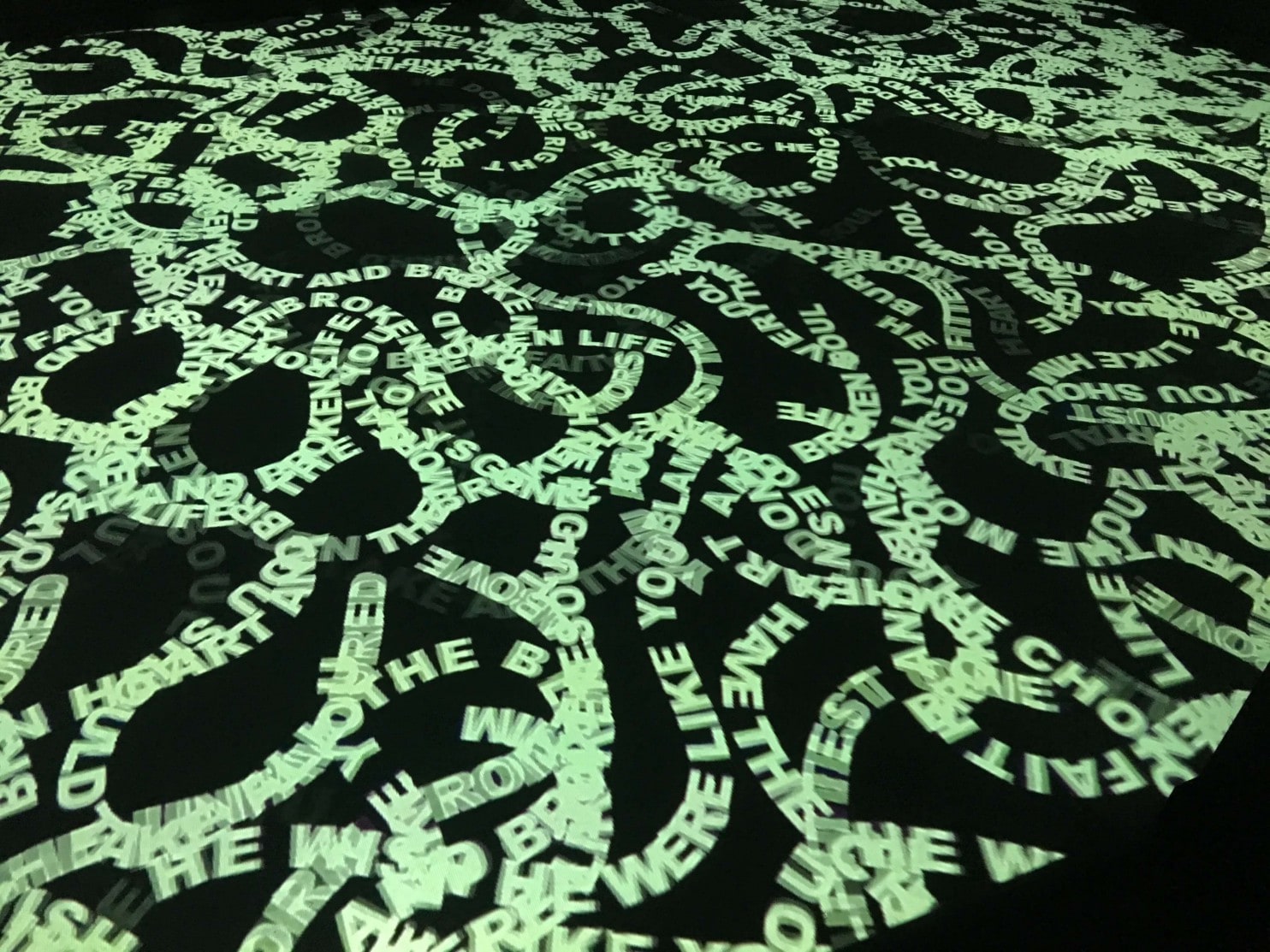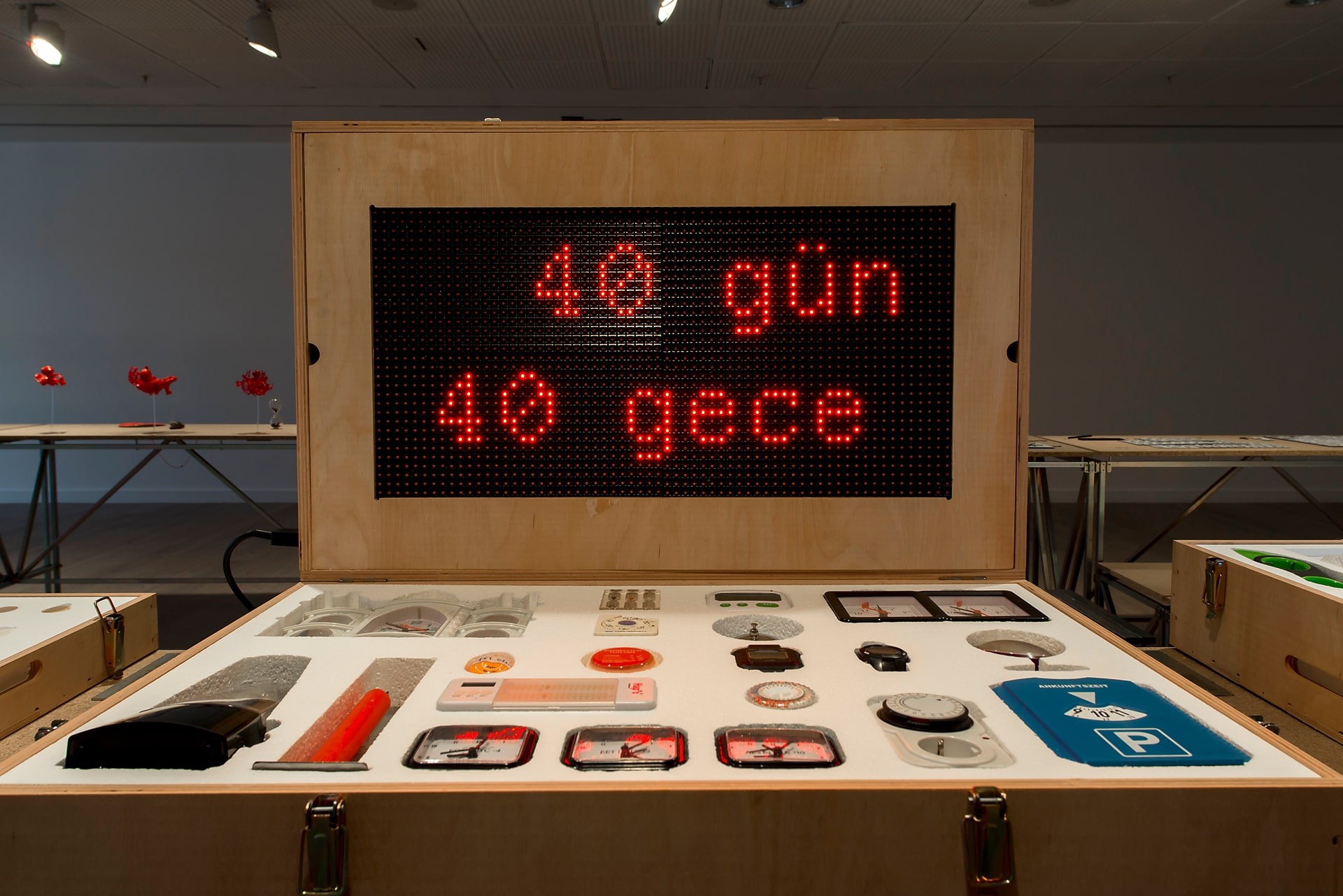Director: Vladimir Tomic
Denmark, Serbia, 2015, 70’, color
Bosnian with Turkish subtitles
In 1992 a wave of refugees from the war in Bosnia and Herzegovina reached Denmark. With existing refugee camps completely full, the Red Cross pulled a giant ship into the canals of Copenhagen. The ship, Flotel Europa, became a temporary home for a thousand people waiting for decisions on their asylum applications. Among them was a 12-year-old boy, Vladimir, who fled Sarajevo with his mother and older brother. They spent two years in limbo at Flotel Europa. Two decades later, director Vladimir Tomić takes us on a journey of growing up on this ship filled with echoes of the war — and other ordeals of an adolescent. This coming-of-age story is juxtaposed with personal VHS archive material shot by refugees who shared the “space-time vacuum” of the Flotel.
Trailer

Pera Museum, in collaboration with Istanbul Foundation for Culture and Arts (İKSV), is one of the main venues for this year’s 15th Istanbul Biennial from 16 September to 12 November 2017. Through the biennial, we will be sharing detailed information about the artists and the artworks.

Pera Museum presented a talk on Nicola Lorini’s video installation For All the Time, for All the Sad Stones, bringing together the artists Nicola Lorini, Gülşah Mursaloğlu and Ambiguous Standards Institute to focus on concepts like measuring, calculation, standardisation, time and change.
Tuesday - Saturday 10:00 - 19:00
Friday 10:00 - 22:00
Sunday 12:00 - 18:00
The museum is closed on Mondays.
On Wednesdays, the students can
visit the museum free of admission.
Full ticket: 300 TL
Discounted: 150 TL
Groups: 200 TL (minimum 10 people)